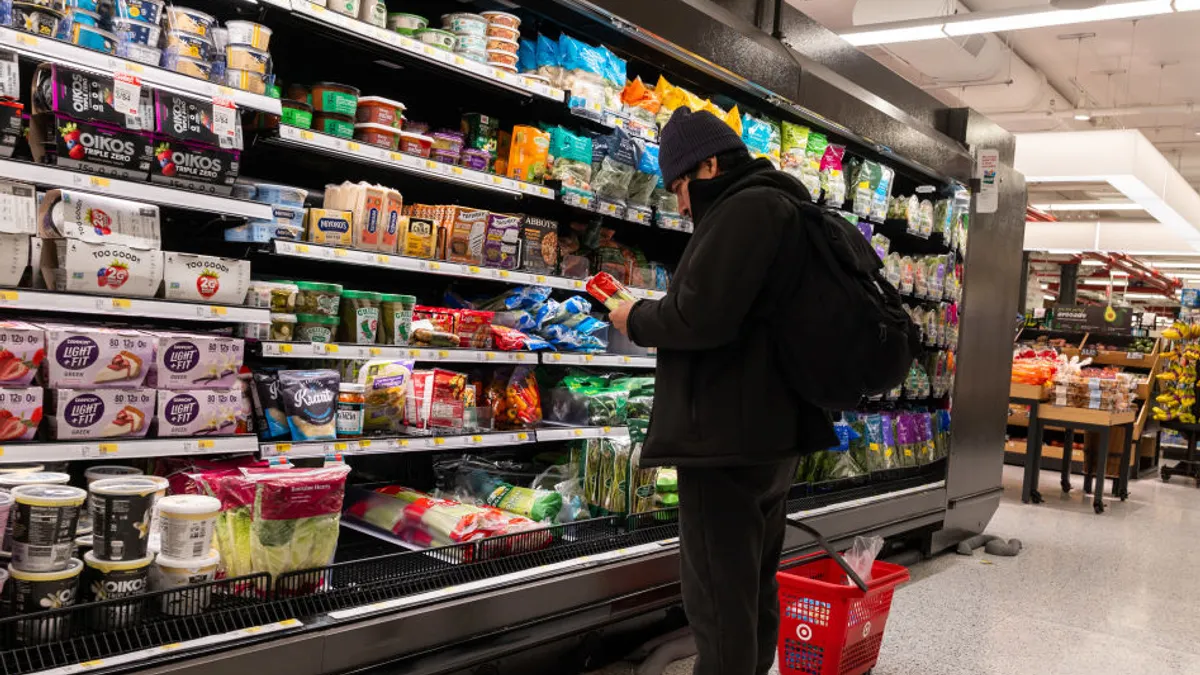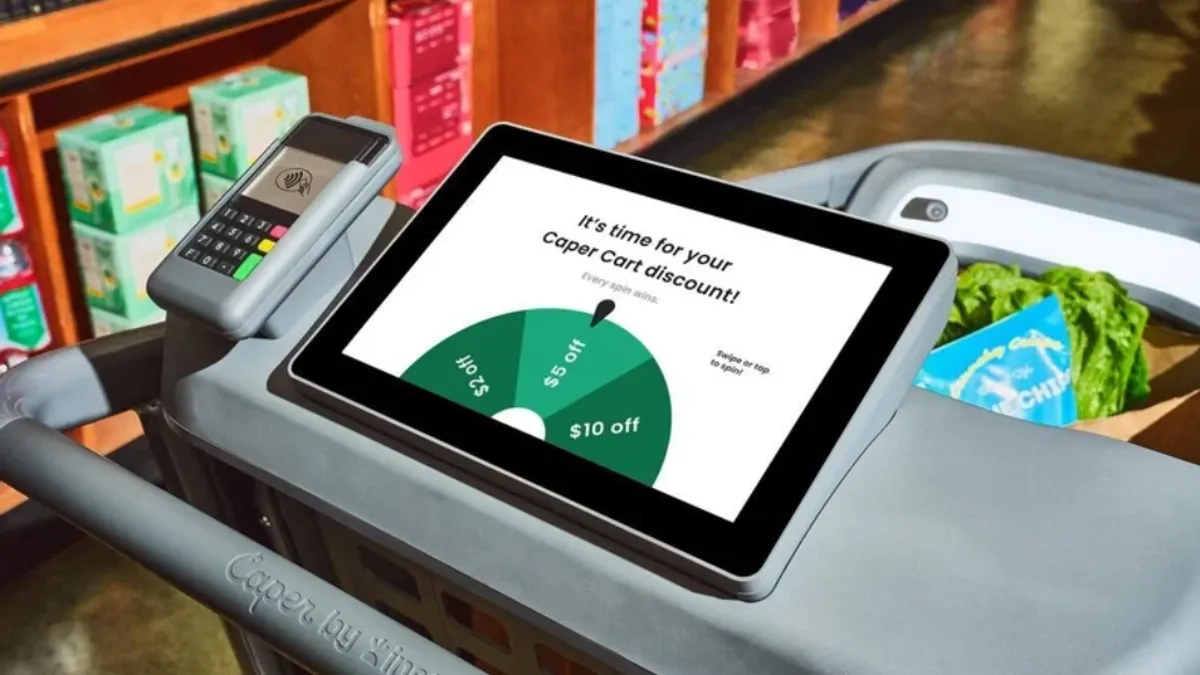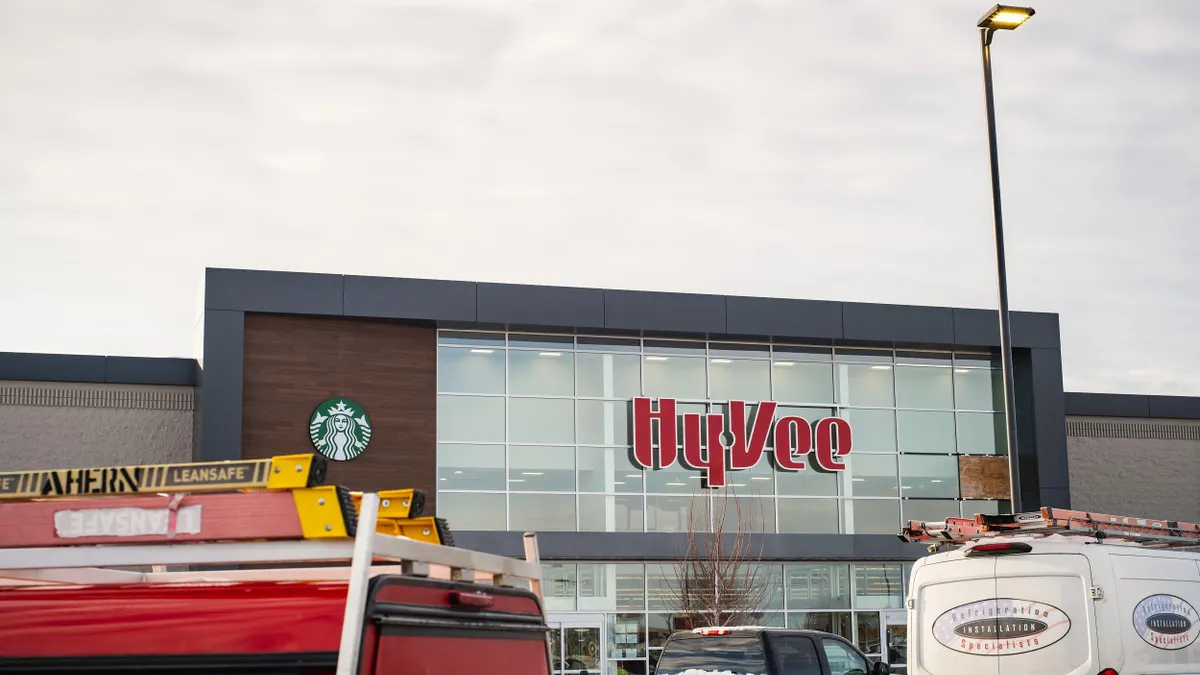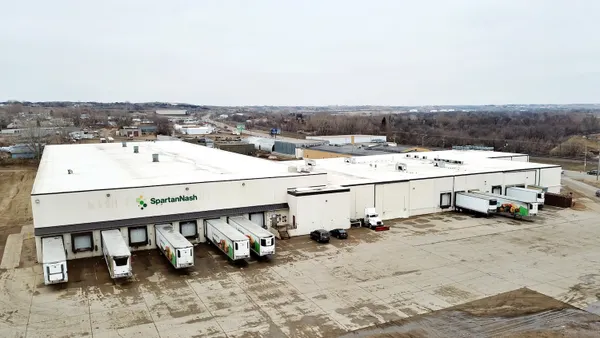The last mile is well known as the most expensive leg of the journey, with carriers fighting traffic, stopping at multiple locations, and for residential service, making repeat trips if no one is home to sign for the package. The last yard, then, introduces a greater level of complexity and cost.
Even for those in the logistics sector, the term "last yard" may send some scrambling to the internet for a quick search. If the last mile is the final delivery leg of a shipment to a business or consumer, the last yard takes the item to where the end user will use it. Not the porch or the shipping dock, but to the refrigerator, the sales floor or a specific spot on the manufacturing plant line.
Adding value to the last mile
John Langley, a professor of supply chain management and director of development at the Center for Supply Chain Research at Penn State University, highlighted the last yard concept in the 2019 Third-Party Logistics Study, the annual study he spearheads. "We began to ask the question, since the shipment is delivered, has it created the value that it’s meant to create?" he told Supply Chain Dive.
Take an automotive assembly line as an example. The line goes down because the plant is lacking a part. The carrier delivers an expedited order with the repair part to the plant’s central receiving area. The last mile provider did its job, and it was delivered on time. However, it sits in central receiving for a few days. It’s the customer’s fault that the part didn’t make it to production line, but the carrier may still look bad. What if the carrier instead brought the part to the needed spot when delivering it?
Here’s another example. A delivery person drops off periodicals at the grocery store. They are delivered on time, however the shelf is not restocked in a timely manner. Again, it’s the customer’s fault, but the carrier could add value by restocking the magazine rack. "They’re as perishable as fresh fruit and vegetables," said Langley.
Or there's the delivery of fresh fruits and vegetables to a residence. No one is there to receive them. They sit on the porch roasting in the day’s heat, or getting frost burn from the frigid weather. If the delivery person could put them inside the house — and even in the refrigerator — they would be where the consumer needed them. That is the essence of last yard delivery — the delivery is brought to the customer’s point of use.
The built-in last yard
It’s not a universal need, and for some, the last mile concept already includes the last yard. Frito-Lay has been doing this for years in grocery stores, Langley said. The driver delivers and restocks. "They want to make sure their product is on the shelf where it should be, it’s attractively set up on the shelf and the out-of-date products are removed," he said. "Their last mile really includes what I call the last yard."
This model is known as Direct Store Delivery (DSD), popular in the grocery industry. Retailers like it because the model saves them about 25% of their potential labor costs. A large format store can save on average 17,000 hours annually in labor. An estimated 24% of unit volume in a grocery store are DSD items, including carbonated beverages, breads and baked goods, fresh produce, milk, snacks, beer and frozen foods.
While popular for many years in grocery, some in the industry, like Nestlé and Kellogg, are shifting away from it, to a warehouse model. Kellogg made the shift in 2017 and reported a 9% to 11% EPG growth in 2018.
Do customers want last yard?
For the consumer market, Amazon Key rolled out in 2017, delivering items into the home, with later versions delivering into garages and car trunks. Also in 2017, Walmart ran a pilot program delivering goods into homes through Deliv, which the retailer recently cut ties with. Amazon and Walmart both use a smart lock program allowing one-time entrance.
While in-home deliveries solve the problem of leaving perishable food on the porch, a study showed 75.9% of consumers weren’t willing to use it. "We haven’t seen it proliferate," said Andre Pharand, senior principal in the global postal and parcel industry at Accenture.
"Since the shipment is delivered, has it created the value that it’s meant to create?"

John Langley
Professor of Supply Chain Management, Penn State University
Researchers got a mixed response in the Third Party Logistics Study survey to how receptive industry customers were to having a 3PL take greater responsibility for the last yard. Some just wanted delivery as requested. They may be reluctant to outsource the last yard, especially as it can require additional data and security access to do so.
If outsourcing mail and package delivery inside a building or campus, the service would work best if embedded in-house. Otherwise, delivery people face security and time constraints. They’ll need to go through security each time, with a potential line to sign in and get a picture taken, especially if there isn’t a consistent delivery person. Then they need to find the delivery location.
"Instead of three minutes to deliver, it could be eight to 10," Pharand told Supply Chain Dive. The extra time adds to the expense and complexity of last-yard deliveries.
The last yard as a competitive advantage
Langley advises transportation companies and 3PLs to ask themselves whether they’re doing everything possible to create value when delivering packages as requested. If the answer is no, they should develop a better relationship with the customer to understand what else they could do to ensure the product is delivered to the point of use. "There’s probably a good market opportunity for the logistics provider to extend itself more into the customer’s business," he said.
Doing so could allow 3PLs to differentiate themselves and give them a competitive advantage. In the study, 77% of shippers said providing last yard services was critical in adding value and standing out from the crowd, and 87% of shippers felt 3PLs would create a competitive advantage doing so. Almost all 3PLs surveyed felt the same way.
Adding last yard services could mean transitioning from a 3PL to a 4PL. Langley said a 4PL represents an array of services above and beyond what a normal 3PL does. A 4PL company might manage multiple 3PLs that are providing services for the same company. Or it might manage a company’s IT in addition to managing their warehouses. "There are probably as many definitions of a 4PL as there are people trying to define it," Langley said. The study showed 75% of shippers and 83% of 3PLs thought becoming more involved in last yard services would transition 3PLs to 4PLs.
Pricing the last yard services
Postal organizations are not adding this service, perhaps because the labor cost is too high, said Pharand. "That makes a lot of these services difficult to offer while still being profitable." With a lower labor cost, it would be worthwhile, he said.
Determining the cost for businesses is a fairly direct matter, said Langley. However pricing it would be a shared decision between the provider and the customer. The 3PL and the customer have to understand what the customer already spends on this service, even if done in-house.
"There’s probably a good market opportunity for the logistics provider to extend itself more into the customer’s business."

John Langley
Professor of Supply Chain Management, Penn State University
Traditionally, customers are more willing to pay for things they see happening, like a delivery. It’s more challenging to charge for new 3PL software used to serve a client, as it has a fixed cost and customers may not see the value. "If delivering a package, you can see the driver and van," said Langley. Additional services can be offered for the same price, in exchange for a higher volume of work. "Today’s supply chains are changing so quickly," he said. "If you don’t at least take a look at what’s available in the commercial market, you’re at a disadvantage."





















